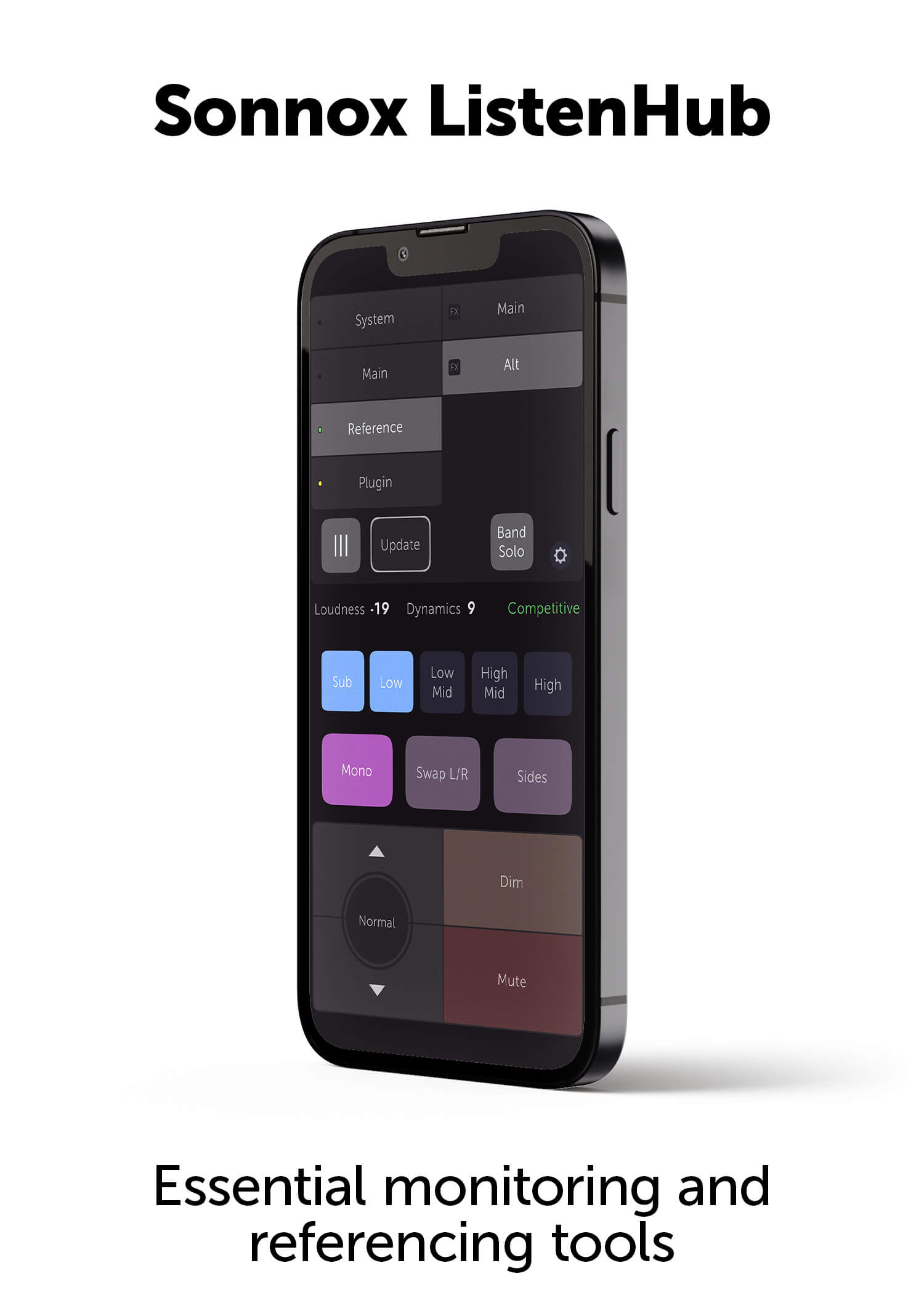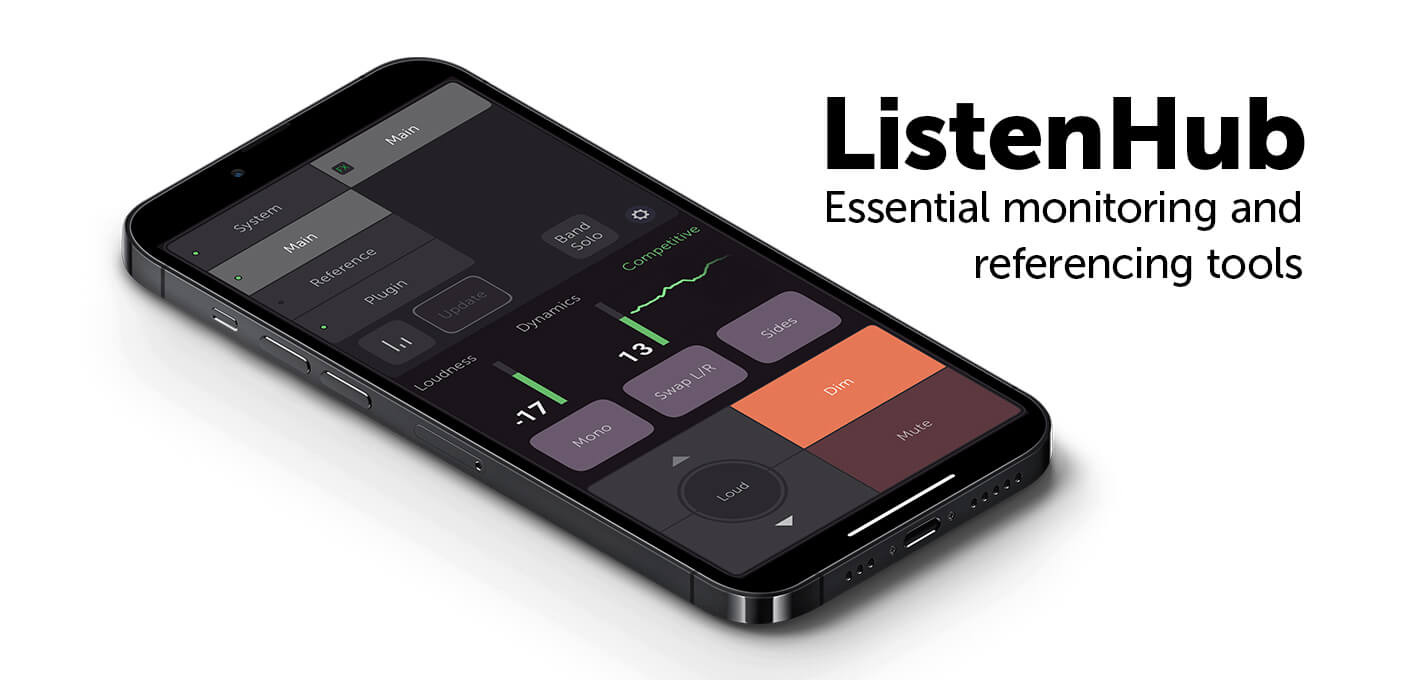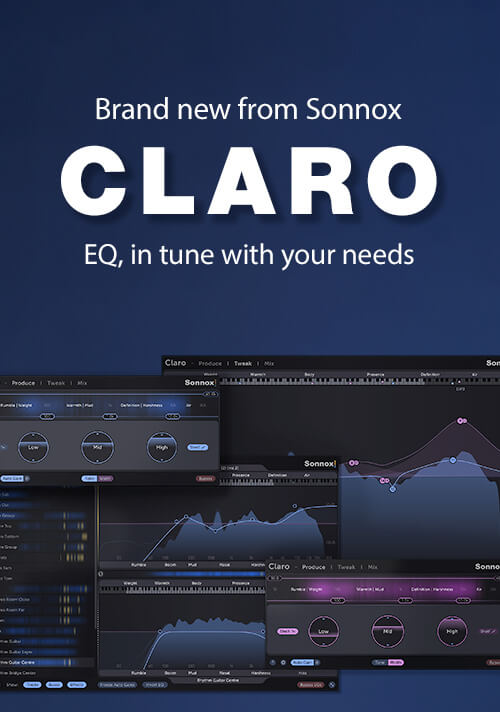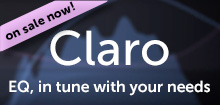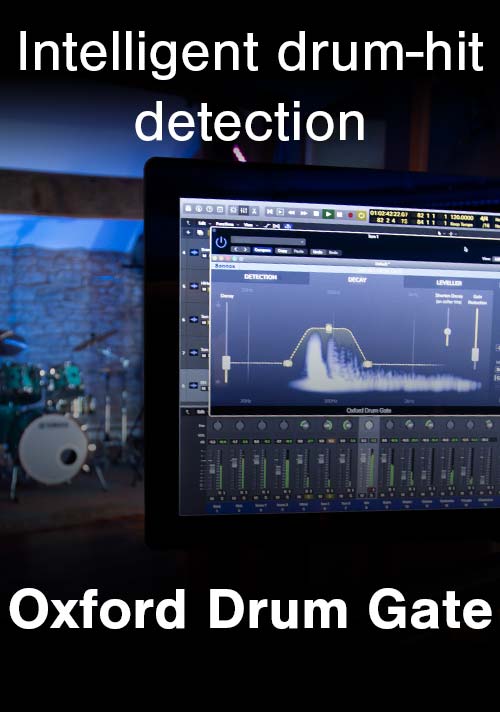James Reynolds on Mixing With Busses.
Hit mixer/remixer/producer James Reynolds has worked with the likes of Tulisa, Jessie J and Tinchy Stryder. Beyond mixing a string of #1 hits in recent years, he has also composed for television, and played in critically acclaimed bands such as Braund Reynolds and Public Symphony. We caught up with him at his London based studio to discuss the technique of mixing with busses.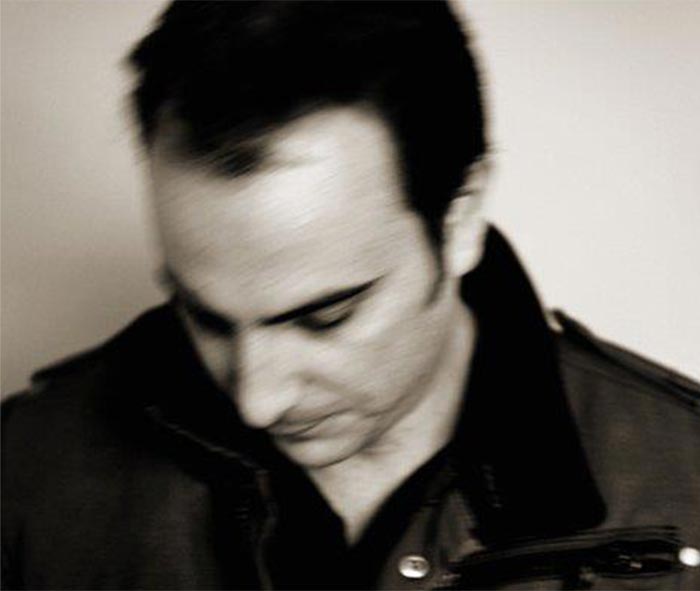
Do you mix in the box with master faders?
Mostly. What you come to learn after doing loads of mixes is that where you have to end up is a place where the track sounds big but you still have a load of headroom. When you finish mixing a project, the record companies, producers, A&R and the rest of the team want to turn stuff up. It’s usually louder, not quieter!
So in my experience, the beauty of mixing in the digital domain is that I mix mostly in the box – but not quite fully. I go out into a Yamaha DM2000 console, that way I can split out all my busses – but it all feeds back into a master bus in Logic. That way, it’s all digital and you’re not getting that signal to noise ratio that you would get with the analog desks. Obviously, there’s a charm and beauty mixing with that but it’s a different thought process. The advantage of the digital domain is you can start a mix at -15dB if you want and it will still sound the same if you turn it up, without adding noise from processors. I tend to start very low, and one of the main things I put on my bus chain is the Sonnox Limiter (True Peak Limiter Plugin).
So how do you use bus splits?
I actually have two levels of busses. I’ll have the main busses on my DM2000 mixing desk – typically I’ll have a kick bus, the rest of the drums, bass, vocals, synth pads, keys, effects, strings, delays and reverbs. Feeding these main busses, are sub-groups in Logic. So for example I’ll split the main vocal group into subs such a lead vocal, 2 lead-doubles, 3 harmonies etc. The main busses on the console are left without any automation on them. So if I want, at the end of a mix I can flatten the whole desk and rebalance very quickly to see if I can obtain a better mix with some broad brushstroke level adjustments. It’s great for subtle rebalancing. If more detail is required I can go back into the sub-groups or even the individual channels. These main busses then merge on my Master Channel, where I have the Sonnox EQ and Limiter.
It’s really handy to have the Limiter across your sub-groups too, which I generally approach in a very light handed manner, just to control any unwanted peaks.
How do you use the Limiter specifically?
I tend not to squash into the Limiter too much, so on my master chains I’d set the Attack on fairly slow, so it doesn’t affect the transients too much, and the Release fairly quick.
That magic Enhance slider makes mixing a very quick process, it’s very handy for lifting and opening sounds. I’ll typically push it up to about 20-25%, listening to where it sounds just right. The Enhance feature plays a very important role in my sound. I also use it in other scenarios, like on snares and other applications. It’s really great on synths, but I don’t limit in those instances, because I’m going into other processors later. Sometimes I will also push up the Input gain, but not always as it depends on what’s needed. I really enjoy mixing with the Oxford Limiter – it’s a truly brilliant plug-in.
Interview and editorial provided by Rich Tozzoli
